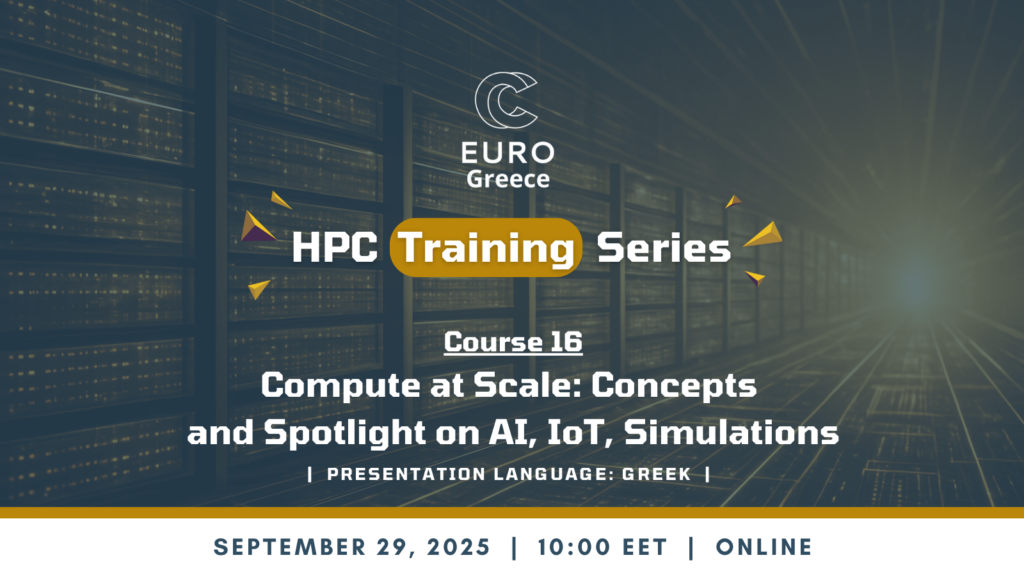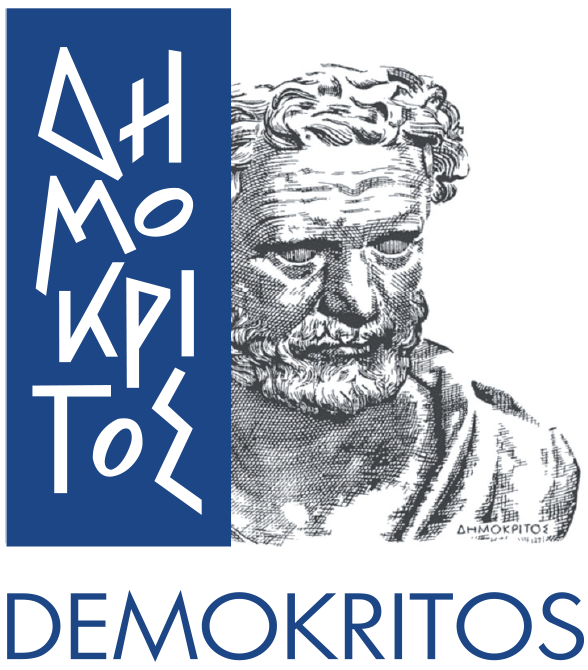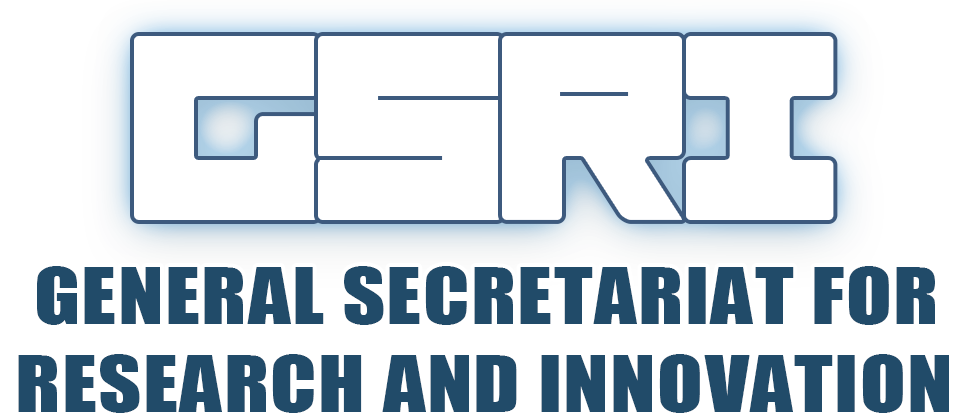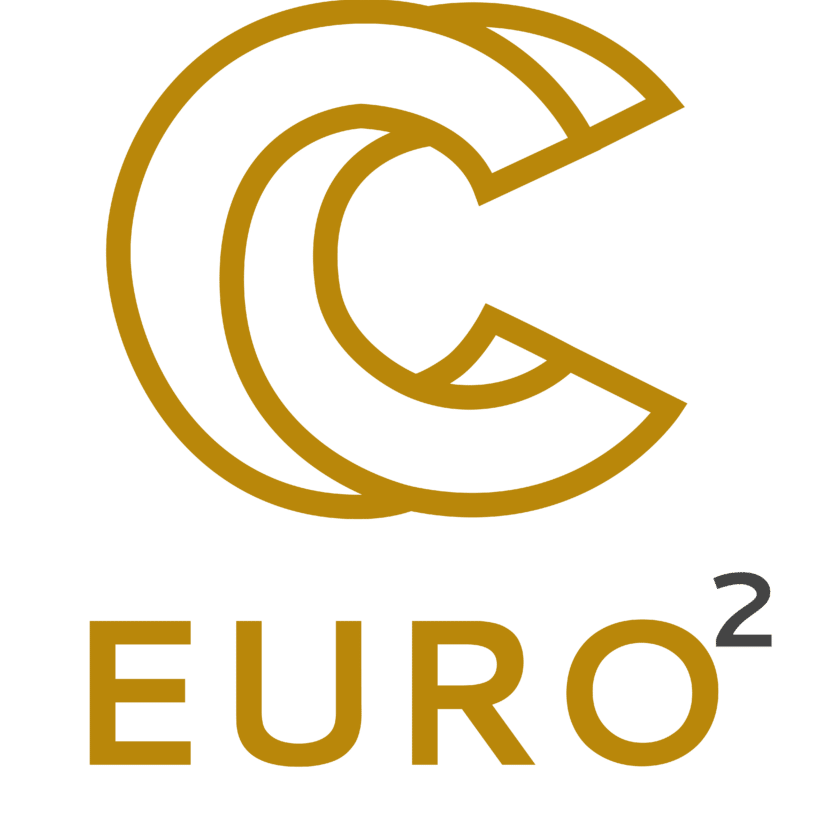
EuroCC@Greece announced the 16th Course of HPC Training Series with the subject “Compute at Scale: Concepts and Spotlight on AI, IoT, Simulations”, that took place online on September 29th, 2025.
Presentation language: Greek
Audience: Suitable for students, researchers, and engineers interested in gaining an understanding of essential concepts of parallelism and a practical grasp of its role in data-intensive domains of HPC.
Location: Online via Zoom
This course provided an introduction to essential parallelism concepts that underpin modern HPC and reviewed how these principles underlie some of the most popular real-world use cases of high-performance computing (HPC) in the domains of AI, streaming systems, and scientific computing. The goal of the course was to help the participants take a step towards becoming well-informed users of technologies and frameworks that exploit parallelism, and to be introduced to the aspects they should consider when gauging which set-ups may be suitable for their needs, as well as what benefits they can expect. To bridge theory with practice, the webinar concluded with two demo sessions: an introductory tutorial on PyTorch with Distributed Data Parallel (DDP), and a demo of the YOLOv8 model for scalable computer vision.
Learning Objectives:
- Understand the concepts of parallelism, distribution, scale
- Understand how appear or apply in HPC
- Understand the benefits of exploiting parallelism in HPC
- Recognize how parallelism underpins key domains such as AI, IoT, scientific computing.
- Become familiar with Pytorch DDP
- Become familiar with YOLOv8 computer vision model
Learning Outcome:
- Be able to distinguish between parallelism, distribution, scale
- Compare expected benefits (e.g., speedup, scalability) from different HPC frameworks.
- Familiarize with end-to-end data processing and analysis pipelines in IoT and their practical issues.
- Run and interpret a basic PyTorch DDP training workflow.
- Apply YOLOv8 in a parallel setting for basic computer vision tasks.
- Demonstrate informed judgment as end-users when selecting HPC tools and environments.
Use of interactive methods:
The course contained lectures dedicated to practical demonstrations of popular AI-related tools (the Pytorch DDP module, the YOLO v8 computer vision model), which also provided code snippets to the audience. Furthermore, the course included a dedicated Q&A session in order to foster interaction between trainers and trainees.
Presentation Material of the Course can be found here.
Watch the Course’s recordings in the dedicated playlist here.








